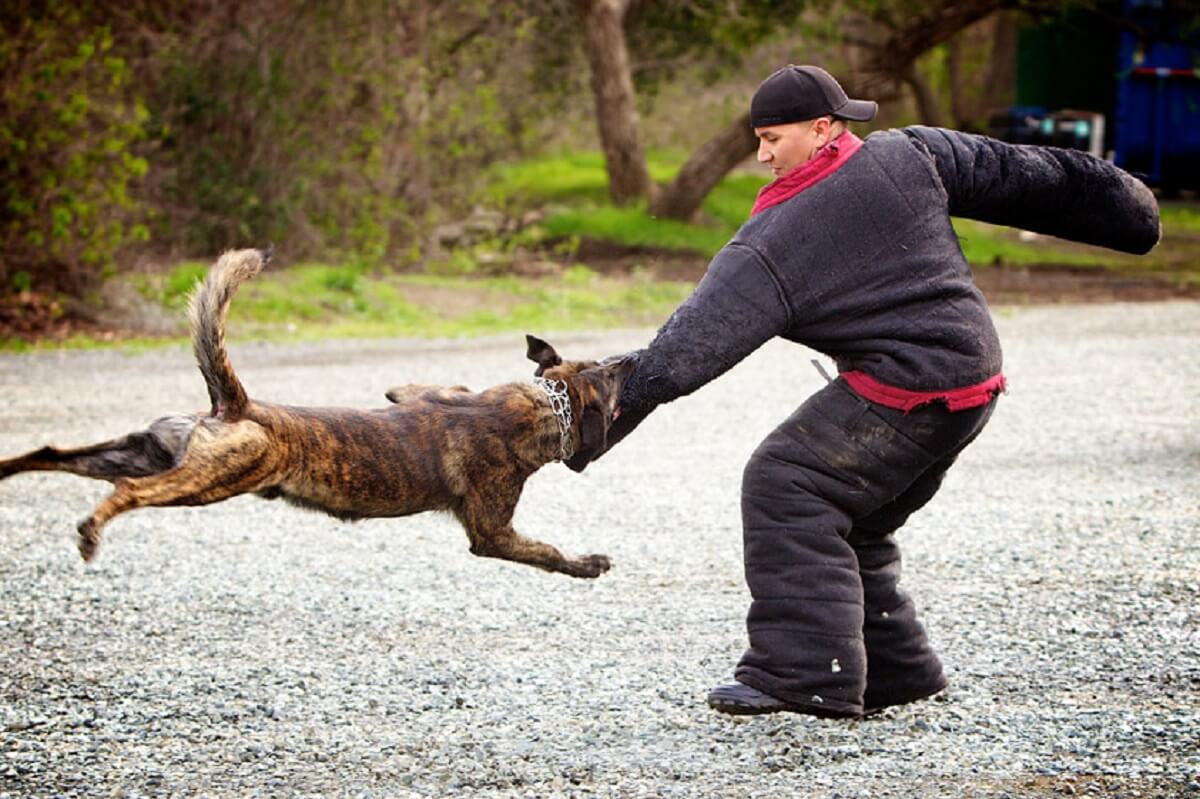Encounters with animals, whether in the wild or domestic settings, can sometimes result in unexpected attacks. Animal attacks can be frightening and dangerous, causing physical injuries and emotional trauma. It is important to know how to handle such situations to ensure your safety and aid in recovery. In this blog post, we will discuss safety measures to prevent animal attacks, what to do during an attack, and steps to take for recovery.
Safety Measures to Prevent Animal Attacks
Prevention is key when it comes to handling animal attacks. Here are some safety measures to keep in mind:
- Be Aware of Your Surroundings: When in areas known for wildlife activity, such as forests or parks, stay vigilant and observe your surroundings. Be aware of signs warning about potential animal encounters and follow any guidelines provided.
- Respect Animals’ Space: Give wild animals ample space and avoid approaching or provoking them. Keep a safe distance and never try to feed or touch wild animals. Remember that they are living creatures and should be treated with respect.
- Secure Waste and Food Sources: Properly dispose of garbage and secure food sources, especially in areas where wildlife is common. This helps prevent attracting animals to human-populated areas and reduces the chance of encounters.
- Understand Animal Behavior: Educate yourself about the behavior and habits of animals you may encounter. Knowing their warning signs and triggers can help you avoid potentially dangerous situations.
- Leash and Supervise Pets: When walking pets in public spaces, keep them on a leash and under close supervision. This not only protects your pet but also reduces the risk of conflicts with other animals.
During an Animal Attack
If you find yourself in an animal attack situation, it is important to know how to react:
- Stay Calm: It is natural to panic during an attack, but remaining calm is crucial. Try to stay composed and think clearly, as this can help you make rational decisions and protect yourself.
- Do Not Run: Running away from an attacking animal can trigger their predatory instincts and make them more likely to chase you. Instead, stand your ground and try to back away slowly without turning your back on the animal.
- Protect Yourself: If the animal continues to approach or attack, use any available objects, such as a stick, bag, or jacket, to create a barrier between you and the animal. Cover your vital areas, like your head and neck, with your arms.
- Use Deterrents: In some situations, using deterrents may help deter the animal. This can include loud noises, shouting, spraying water, or using bear spray or pepper spray if available. However, always prioritize your safety and use deterrents cautiously.
- Seek Shelter: If possible, seek shelter in a vehicle, or building, or climb to higher ground to distance yourself from the animal. Once in a safe place, contact local authorities or animal control for assistance.
Recovery After an Animal Attack: Legal Assistance
If you’ve been involved in an animal attack, recovery involves more than just physical healing. In many cases, you may need legal assistance to cover medical bills, loss of wages, and other damages you might have incurred. Particularly in Salt Lake City, where wildlife interactions are more common due to its proximity to various natural habitats, reaching out to a specialized lawyer can be crucial.
For instance, a car accident injury lawyer in Salt Lake City could provide valuable assistance if an animal-related car accident occurs. Such legal professionals understand the unique circumstances surrounding such incidents, making them best equipped to ensure you receive fair compensation. Remember, navigating the legal landscape after a traumatic event like an animal attack can be overwhelming, but you don’t have to do it alone. Professional legal help is available and can provide the support you need during your recovery journey.
Steps for Recovery
After an animal attack, it is important to take steps towards recovery:
- Seek Medical Attention: Regardless of the severity of your injuries, it is recommended to seek medical attention following an animal attack. Even seemingly minor wounds can risk infection or require further treatment.
- Report the Incident: Contact local animal control or wildlife authorities to report the incident. This helps them gather information about the animal’s behavior and take necessary measures to prevent future attacks.
- Document Injuries and Damages: Take photographs of any injuries sustained as a result of the attack. Document any damages to clothing, gear, or property. This documentation may be useful for insurance claims or legal purposes.
- Emotional Support: Dealing with an animal attack can have emotional repercussions. Seek support from friends, family, or professional counselors to process the trauma and emotions associated with the incident.
Read Also: A Sweet Guide to Teaching Your Dog to Love their Bed
Handling animal attacks requires a balanced approach to prevention, quick thinking during an attack, and proper recovery. By following safety measures, staying calm during an attack, and taking necessary steps for recovery, you can minimize the risk of danger and promote safety in animal encounters. Remember to always prioritize your safety and respect the animals around you.
